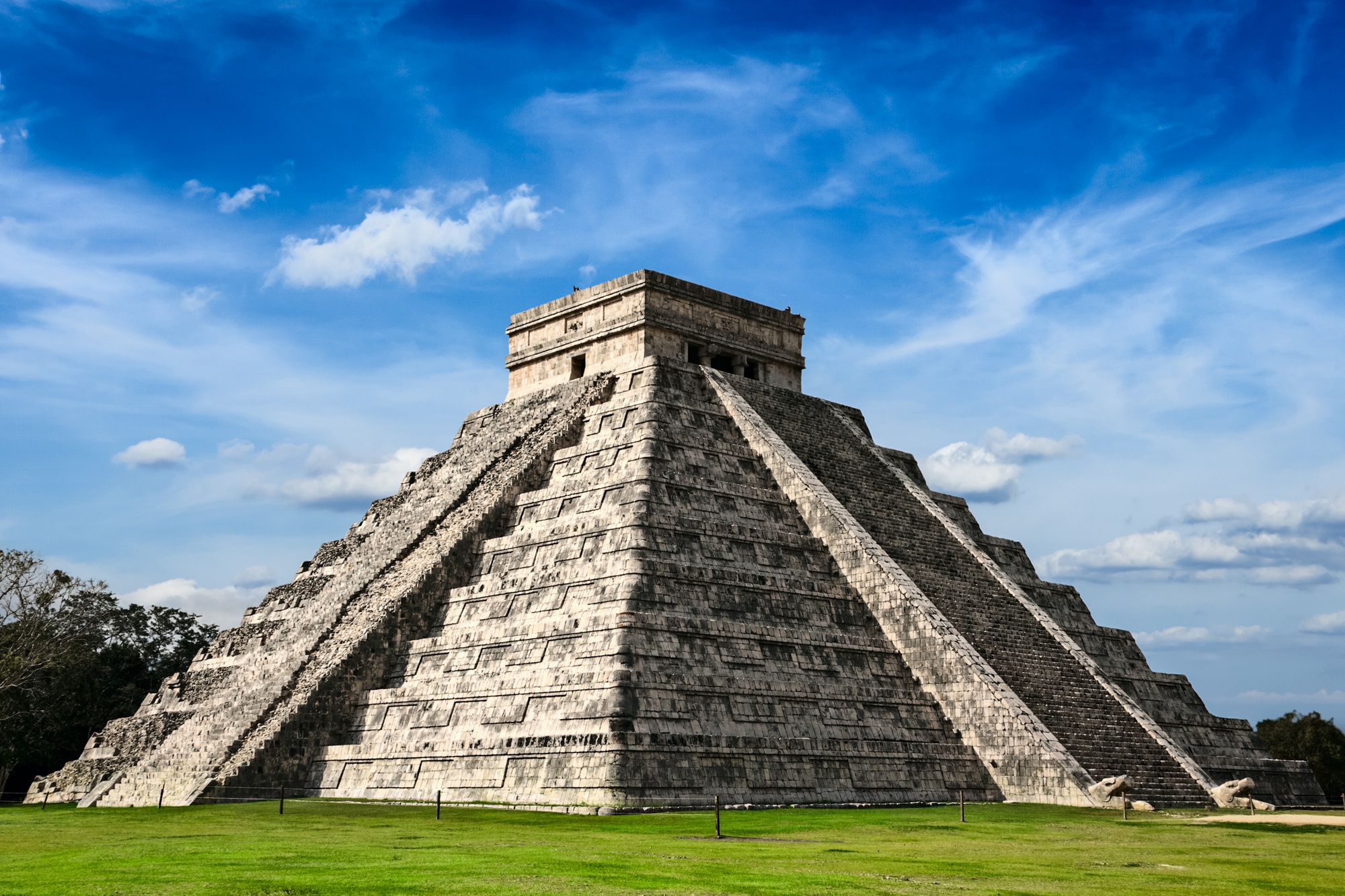14 Most Amazing Step Pyramids of the World: Ancient Wonders Across Continents
Discover the most impressive step pyramids from ancient civilizations around the globe
Step pyramids stand as remarkable achievements of ancient engineering and religious devotion. These massive structures—built with multiple layers or “steps” of stone—appear in civilizations across the world. While Egypt’s first pyramids were step pyramids and Mesopotamia built ziggurats as early as the 3rd millennium BC, some of the most spectacular examples come from Mesoamerica, where stunning step pyramids still dominate ancient city landscapes.
Join us as we explore the 14 most extraordinary step pyramids of the world, from Indonesia to Mexico, and discover the fascinating history behind these monumental structures.
14. Candi Sukuh (Indonesia)
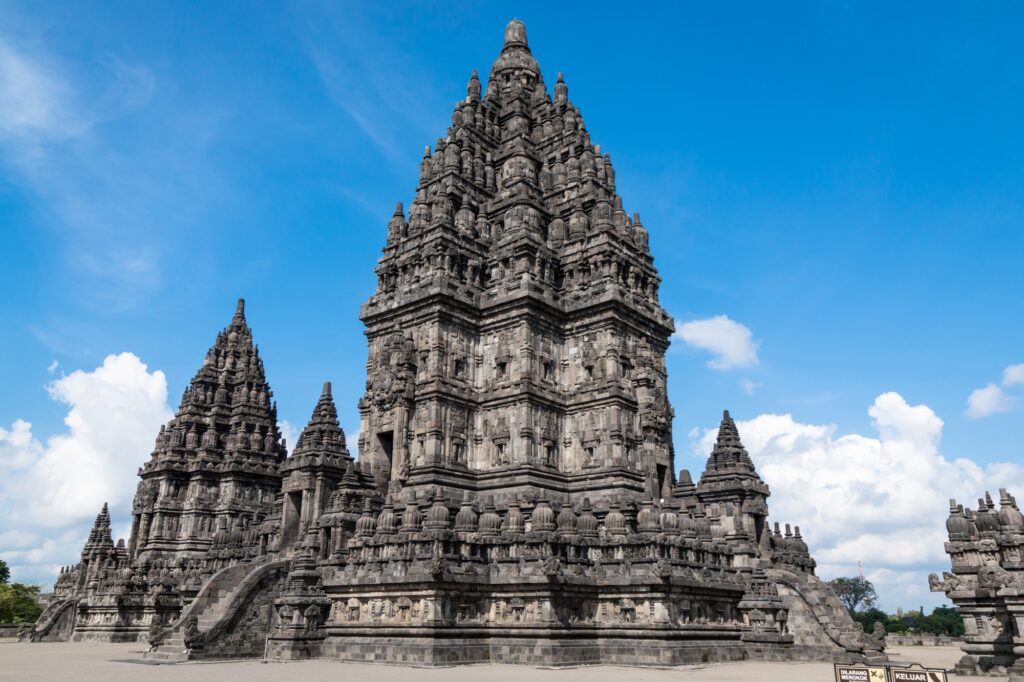
Located on the western slope of Mount Lawu in Central Java, Candi Sukuh is a unique 15th century Hindu temple featuring a step pyramid as its main monument. Unlike other Javanese Hindu and Buddhist temples, this mysterious structure bears a striking resemblance to Maya architecture.
Surrounded by life-sized figures and featuring reliefs depicting spiritual liberation themes, Candi Sukuh also contains elements of fertility symbolism. This distinctive step pyramid offers visitors a glimpse into Indonesia’s fascinating religious past.
13. Tomb of the General (China)
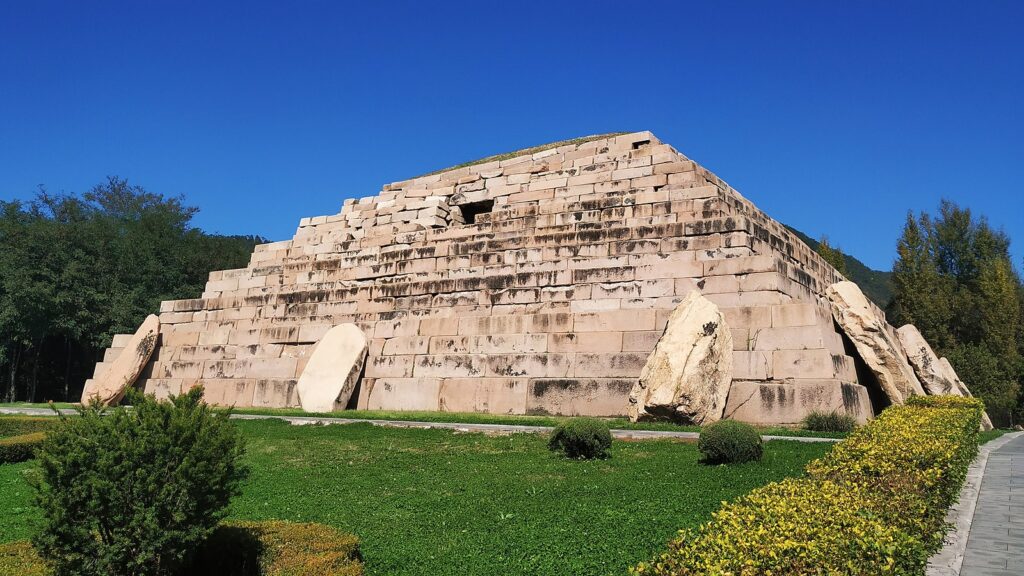
Known as the “Pyramid of the East,” the Tomb of the General serves as the burial place for King Jangsu, the 20th monarch of Goguryeo (one of the Three Kingdoms of Korea). This impressive step pyramid, located in Ji’an, China, measures 31 meters (102 ft) on each side and stands 13 meters (43 ft) tall.
King Jangsu reigned from 413-491 AD during Goguryeo’s golden age when the kingdom stretched from Mongolia to Chungju. The pyramid represents the power and influence of this ancient Korean kingdom.
12. Monte Alban (Mexico)
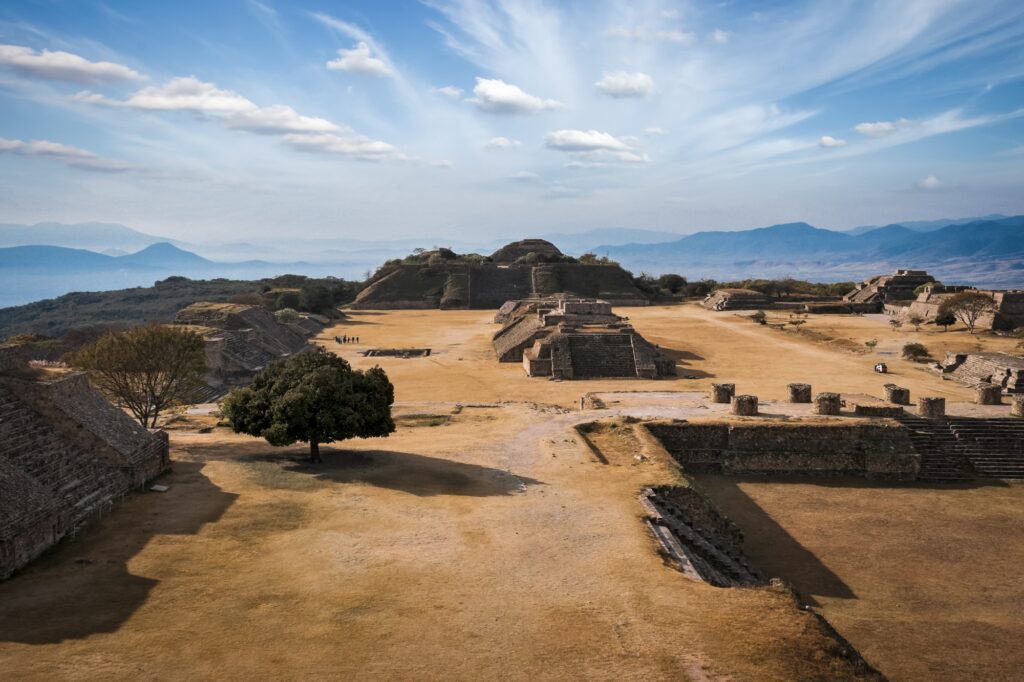
Rising 400 meters above the Valley of Oaxaca in southern Mexico, Monte Alban was a significant ceremonial center featuring a broad, flat hilltop terrace called the Gran Plaza. This impressive step pyramid complex includes two large pyramid mounds at the north and south ends, with the sides lined by stepped platforms and terraces built from massive stone blocks.
As one of Mexico’s oldest ceremonial centers, Monte Alban provides crucial insights into pre-Columbian Mesoamerican civilization.
11. El Tajin (Mexico)
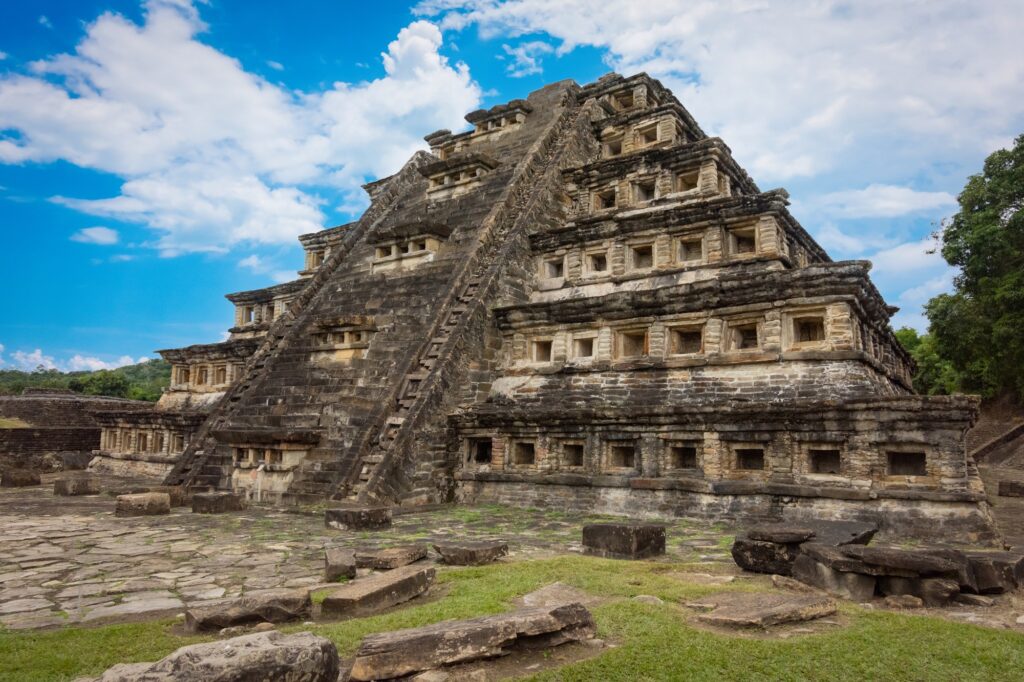
El Tajin, founded by the Classic Veracruz culture, was an important Gulf Coast city in ancient Mexico. Its most celebrated structure, the Pyramid of the Niches, features a design unique in the Americas. This step pyramid rises 20 meters (66 ft) through seven distinct layers, accessed via a wide eastern staircase.
Most buildings at El Tajin were constructed between 600-900 AD, making this site a testament to the architectural ingenuity of early Mesoamerican civilizations.
10. Caracol (Belize)
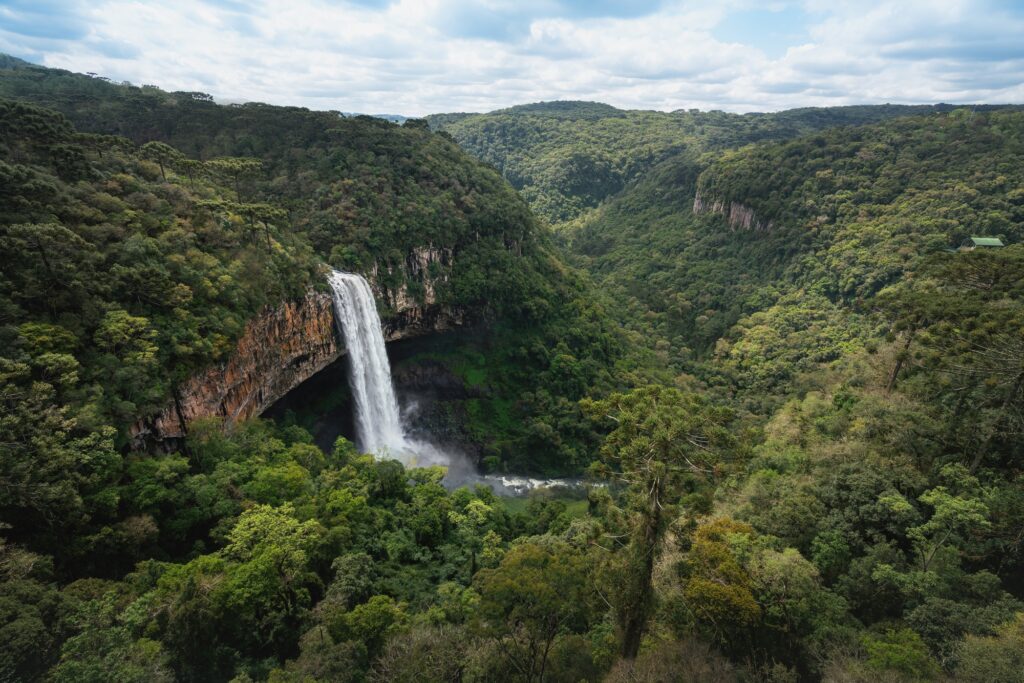
Situated 500 meters above sea level on the Vaca Plateau, Caracol was once among the largest ancient Maya cities, covering an impressive 168 square kilometers. At its height around 650 AD, Caracol supported an estimated population of 150,000 people—more than twice the current population of Belize City.
The site’s largest pyramid, Canaa (meaning “Sky Place”), stands 43 meters (143 ft) tall, making it the highest man-made structure in modern Belize. This massive step pyramid demonstrates the architectural achievements of the Maya civilization.
9. Great Ziggurat of Ur (Iraq)
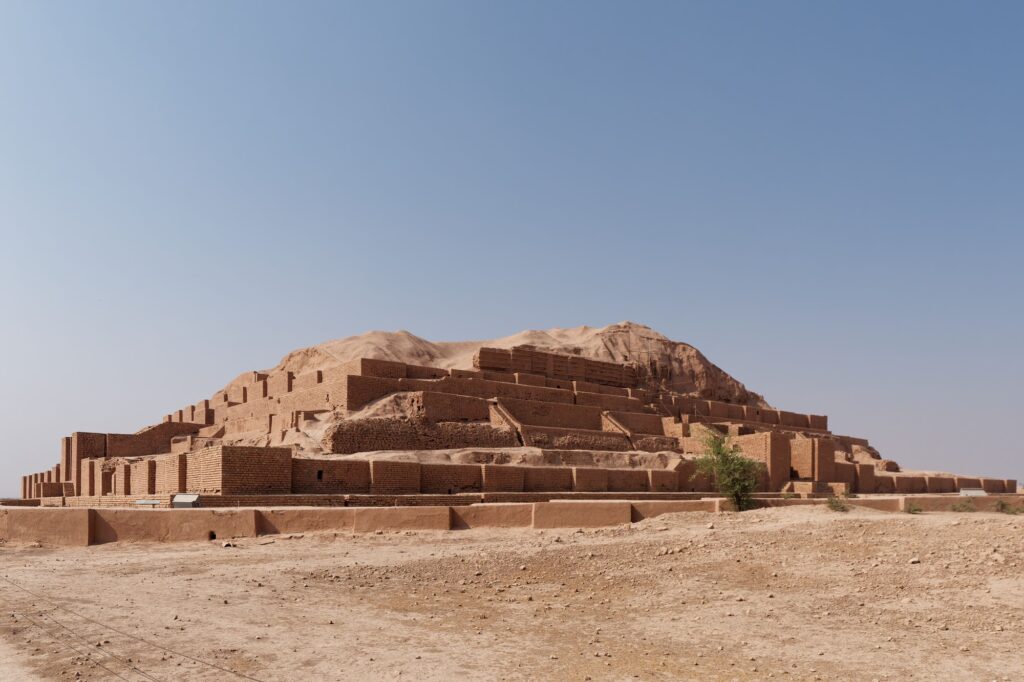
The Great Ziggurat of Ur represents the best-preserved monument from ancient Sumerian civilization. This massive step pyramid, measuring approximately 64 by 46 meters (210×150 ft), was part of a temple complex that served as an administrative center for the city of Ur.
King Shulgi completed construction in the 21st century BC, and the structure was later reconstructed by King Nabonidus in the 6th century BC. Most recently, it underwent restoration in the 20th century. This enduring step pyramid provides vital insights into one of the world’s earliest urban civilizations.
8. Calakmul (Mexico)
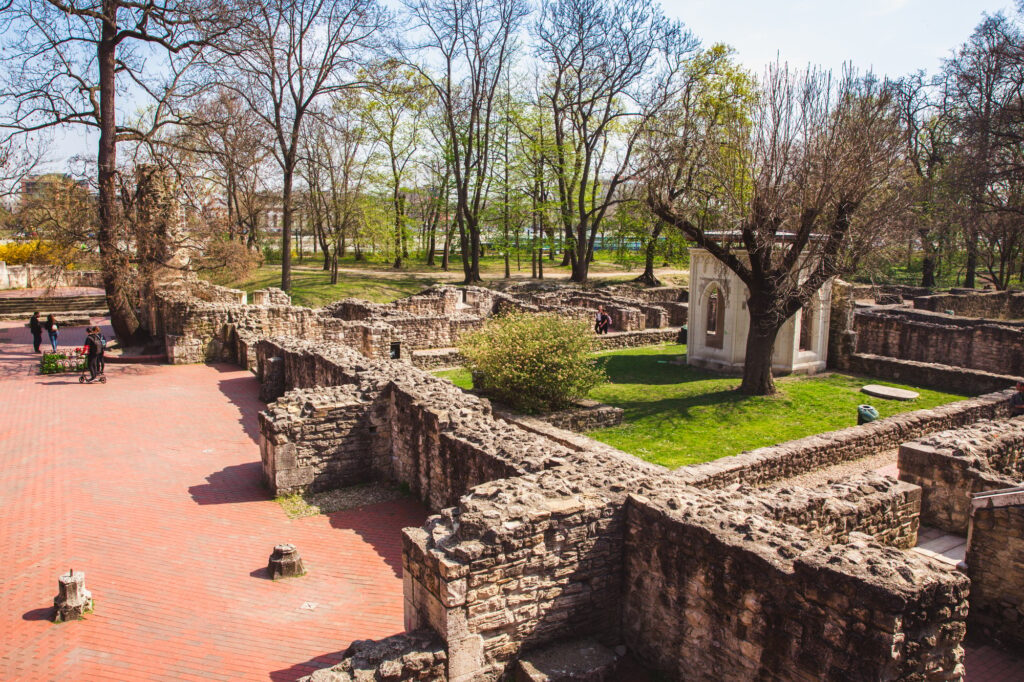
Hidden within the jungles of Mexico’s Campeche state, Calakmul ranks among the largest Maya cities ever discovered, with over 6,500 ancient structures identified. The site’s most impressive feature is its towering 55-meter high pyramid, the largest structure in this ancient city.
Following a common Mesoamerican practice, the Maya increased the pyramid’s size by building upon an existing temple structure. This massive step pyramid stands as a testament to Maya engineering prowess and religious dedication.
7. Chogha Zanbil (Iran)
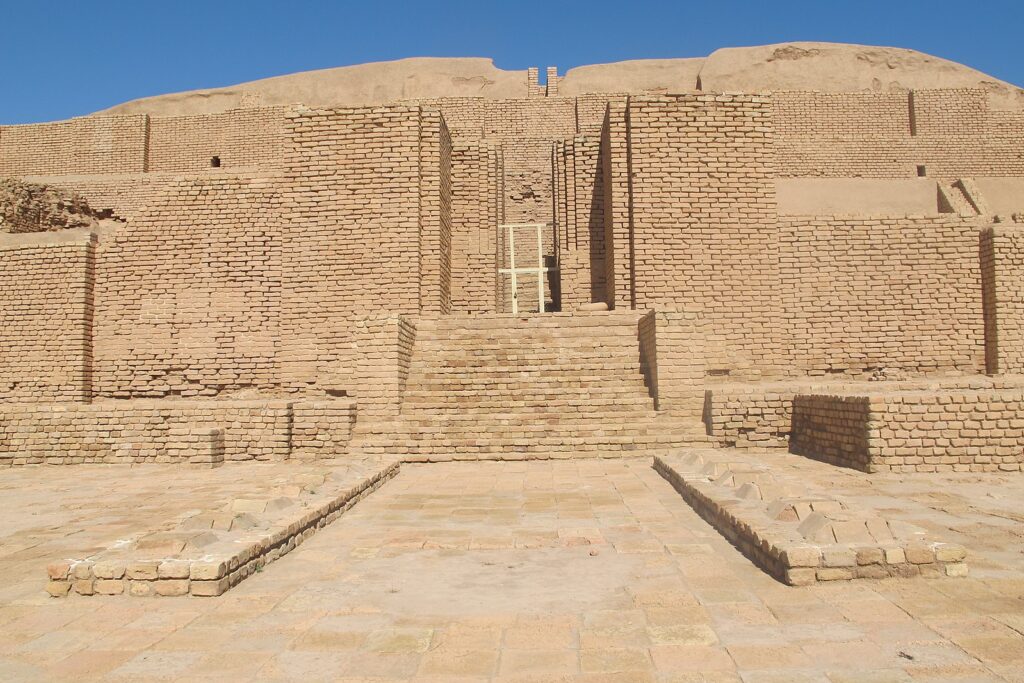
Built around 1250 BC by King Untash-Napirisha to honor the god Inshushinak, Chogha Zanbil represents one of the best-preserved ziggurats in the world. While appearing as a series of platforms stacked upon each other, this Elamite step pyramid actually consists of five towers of varying heights.
Despite the destruction that befell many ancient ziggurats due to natural disasters and warfare, Chogha Zanbil remains remarkably intact, offering invaluable insights into ancient Persian religious architecture.
6. Palenque (Mexico)

Located on the western frontier of the Maya empire in present-day Chiapas, Mexico, Palenque features numerous structures dating from approximately 600-800 AD. The site’s most notable building, the Temple of Inscriptions, stands as the only Mesoamerican pyramid specifically designed as a funerary monument.
This unique step pyramid demonstrates the Maya civilization’s architectural sophistication and their complex understanding of astronomy, mathematics, and religious symbolism.
5. Uxmal (Mexico)
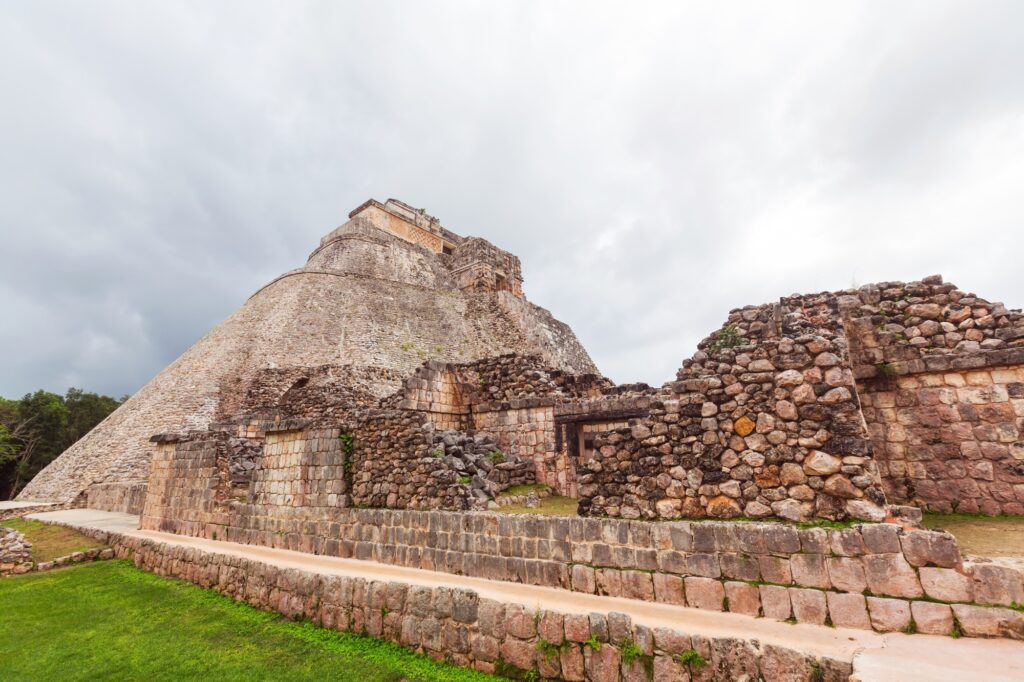
The name “Uxmal,” meaning “built three times” in the Mayan language, hints at this site’s complex construction history. The most recognizable structure, the 115-foot tall Pyramid of the Magician, features distinctive oval-shaped layers instead of the rectangular or square layers typical of other Maya pyramids.
Archaeological evidence suggests this step pyramid was built in five phases between the 6th and 10th centuries. Uxmal’s exceptional preservation makes it one of Mexico’s most important pre-Columbian sites.
4. Step Pyramid of Djoser (Egypt)
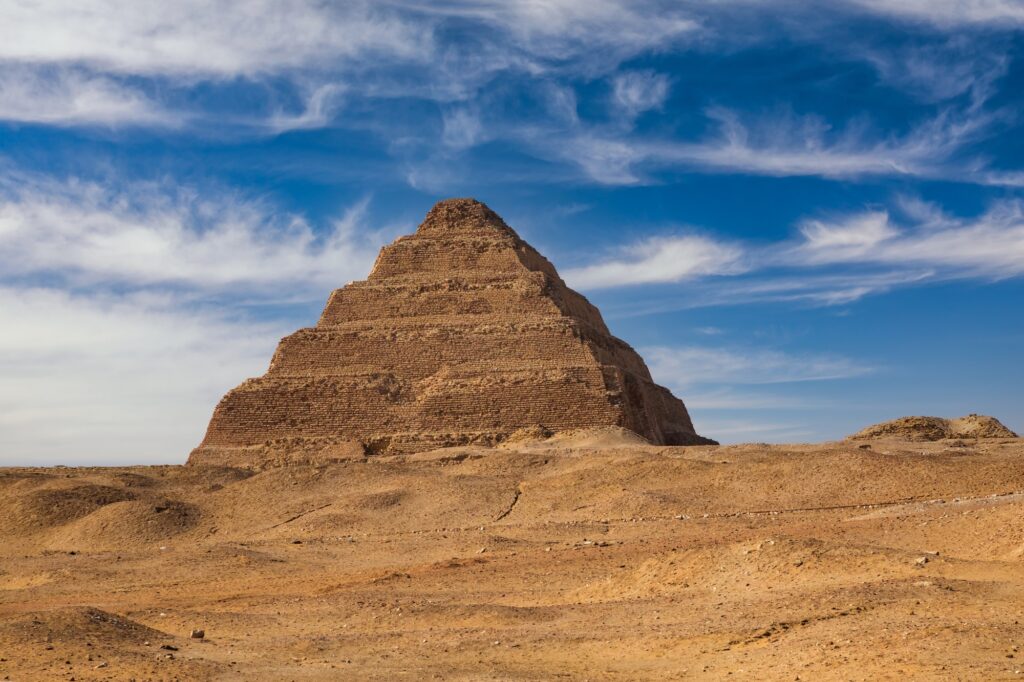
The Step Pyramid of Djoser at Saqqara holds the distinction of being the very first pyramid constructed by ancient Egyptians. Built during the 27th century BC for Pharaoh Djoser by his vizier Imhotep, this revolutionary structure began as a traditional flat-roofed mastaba before evolving into a six-layer step pyramid standing 204 feet (62 meters) high.
Like earlier mastaba tombs, the burial chambers remain underground, concealed within a complex maze of tunnels. This pioneering step pyramid established the architectural template that would evolve into Egypt’s iconic true pyramids.
3. Tikal (Guatemala)
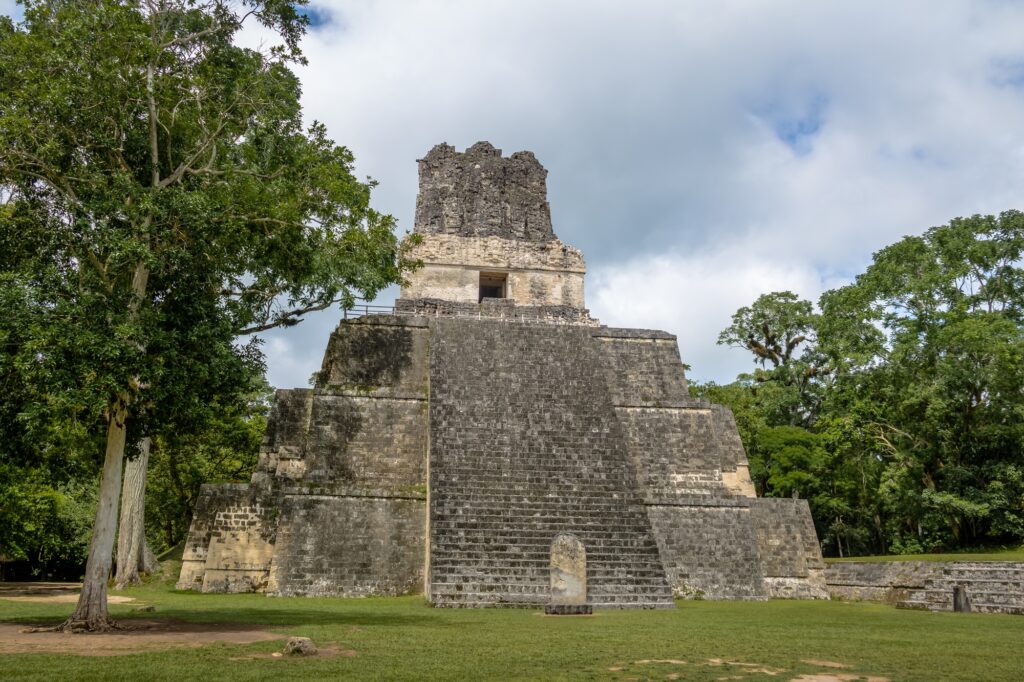
Nestled within northern Guatemala’s lowland rainforest, Tikal represents perhaps the most awe-inspiring of all Maya sites. Between approximately 200-900 AD, Tikal flourished as the largest Maya city, supporting an estimated population of 100,000-200,000 inhabitants.
The site contains six massive step pyramids, with Temple-pyramid IV reaching an impressive height of 72 meters (230 feet). Climbing these ancient structures rewards visitors with breathtaking panoramic views above the jungle canopy, offering a truly unforgettable experience among Guatemala’s ancient step pyramids.
2. Chichen Itza (Mexico)
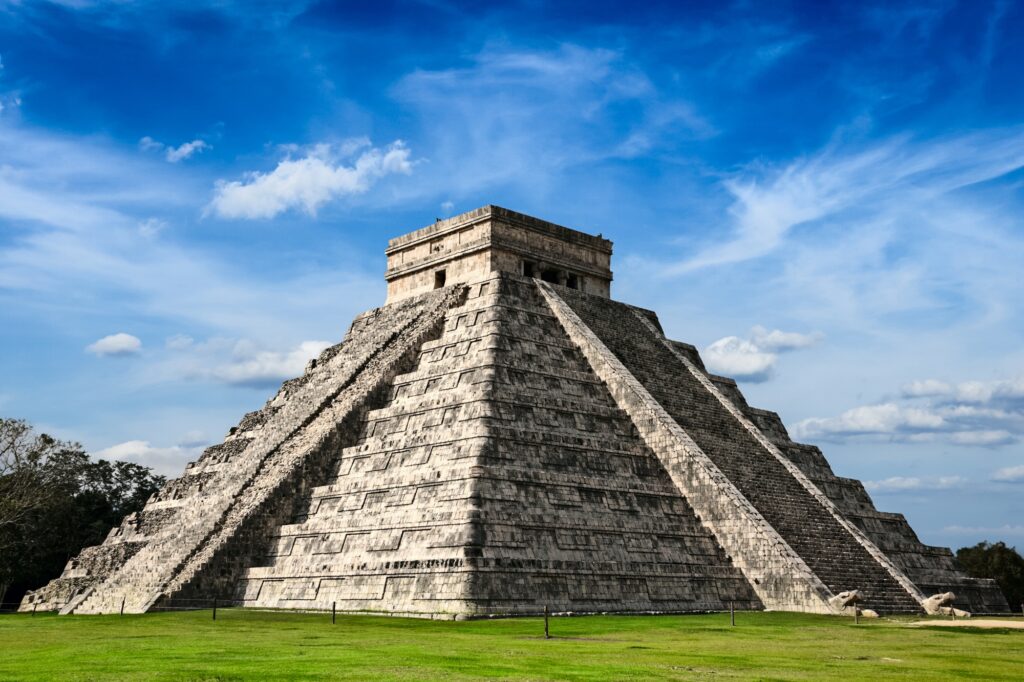
El Castillo, the renowned step pyramid dominating Mexico’s Chichen Itza archaeological site, demonstrates the Maya’s sophisticated understanding of astronomy. Each of the pyramid’s four faces features a stairway with 91 steps, which—together with the shared step at the top—total 365, matching the number of days in a year.
This astronomical precision reflects the Maya’s advanced mathematical knowledge and calendar system. While climbing El Castillo is no longer permitted due to safety concerns, the pyramid remains one of the world’s most recognizable step pyramids.
1. Teotihuacan (Mexico)
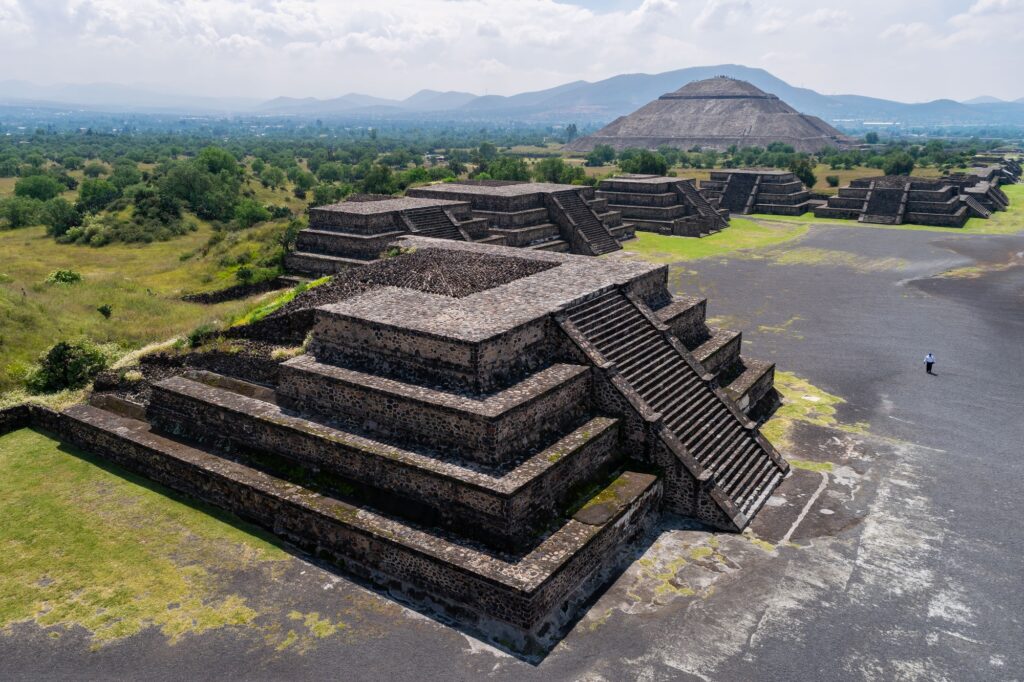
In the 2nd century BC, a new civilization emerged in Mexico’s central valley, establishing the magnificent city of Teotihuacan with its enormous step pyramids. The Pyramid of the Sun, constructed around 100 AD, reaches a height of 246 feet (75 meters), making it Teotihuacan’s largest structure and one of Mesoamerica’s most massive buildings.
Construction of the smaller Pyramid of the Moon began a century later, reaching completion around 450 AD. Even seven centuries after Teotihuacan’s decline, the Aztecs continued to honor these step pyramids as sacred pilgrimage sites, demonstrating their enduring cultural significance.
Experience the World’s Greatest Step Pyramids
These 14 remarkable step pyramids offer a fascinating glimpse into humanity’s architectural achievements across different continents and civilizations. From Egypt’s pioneering structures to Mesoamerica’s breathtaking temples, step pyramids continue to captivate modern visitors with their scale, precision, and historical significance.
Whether you’re planning your next archaeological adventure or simply fascinated by ancient wonders, these step pyramids represent some of humanity’s most impressive architectural legacies. Which of these magnificent step pyramids would you most like to visit?
